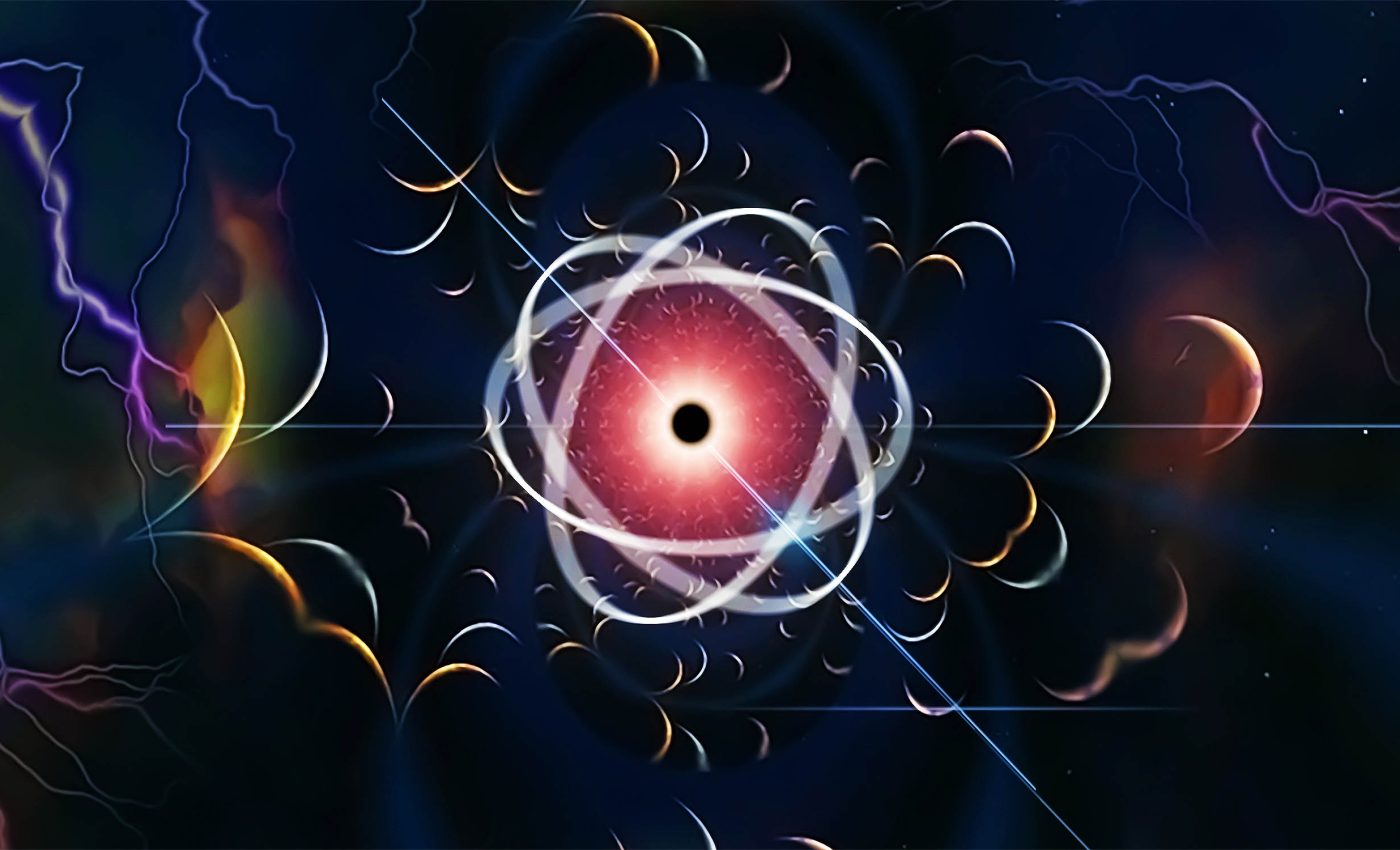
Coldest quantum detectors in the world enlisted to search for dark matter
The universe’s most cryptic puzzle could be on the brink of exposure. Dark matter, cold quantum detectors, particle physics…for the science nerds among us, prepare to be intrigued.
Around 80% of all matter in the universe is invisible. We call it dark matter. It’s slipping through us, perhaps trillions of particles every second, almost like an unseen ghost.
We’re aware of its existence due to the gravitational effects we can observe. However, spotting it directly has always been elusive…until now.
Stellar minds leading the charge
A team of scientists, hailing from Lancaster University, the University of Oxford, and Royal Holloway, University of London, are harnessing quantum technologies to construct unprecedentedly sensitive dark matter detectors.
Amongst these brilliant minds are Dr. Michael Thompson, Professor Edward Laird, Dr. Dmitry Zmeev, and Dr. Samuli Autti from Lancaster, Professor Jocelyn Monroe from Oxford, and Professor Andrew Casey from Royal Holloway.
In the words of EPSRC Fellow Dr. Autti, “We are using quantum technologies at ultra-low temperatures to build the most sensitive detectors to date. The goal is to observe this mysterious matter directly in the laboratory and solve one of the greatest enigmas in science.”
Illuminating dark matter with quantum tools
There are key clues to the typical density of dark matter in our galaxy. Yet, the mass of its particles and how they might interact with standard atoms remain mysteries.
Particle physics puts forth two probable dark matter candidates: new particles with interactions so delicate we haven’t seen them yet, and very light, wave-like particles called axions.
This team of scientists is constructing two experiments, each specifically designed to seek one of these candidates.
Type 1: New particles
The first type, the new particles with ultra-weak interactions, might be detectable through their collisions with ordinary matter. But hold tight — it all depends on the mass of the dark matter we’re hunting.
Previous searches could pinpoint dark matter particles weighing between five and 1,000 times more than a hydrogen atom. However, what if we’ve been missing the smaller ones?
The Quantum Enhanced Superfluid Technologies for Dark Matter and Cosmology (QUEST-DMC) team aims to broaden the scope, reaching a world-leading sensitivity to collisions with dark matter candidates as light as 0.01 to a few hydrogen atoms.
They are using superfluid helium-3, cooled into a quantum state, and rigged with superconducting quantum amplifiers to detect these elusive, lightweight dark matter collisions.
Type 2: Axions
On the other hand, if dark matter consists of axions, they’d be more than a billion times lighter than a hydrogen atom but a lot more abundant.
Collisions with axions would be off the table, but scientists could look for an electrical signal resulting from axions decaying in a magnetic field.
The Quantum Sensors for the Hidden Sector (QSHS) team is developing a quantum amplifier to search for this axion signal.
From theory to reality
If you’re thrilled by this scientific endeavor, you’re in for a treat. The team’s public exhibit, “A Quantum View of the Invisible Universe,” is on display at the Royal Society’s Summer Science Exhibition from July 2-7, 2024.
From engaging hands-on exhibits to mind-boggling demonstrations, there’s something for everyone. There’s a gyroscope-in-a-box, depicting dark matter inference from galaxy observations.
There are glass marbles, transparent in liquid, showing how invisible masses can be detected through smart experimentation.
You’ll also witness a working model of a dark matter particle collision detector and a replica axion detector.
You can even use a pendulum to create your own parametric amplifier. All, while a luminous dilution refrigerator showcases how the team achieves ultra-low temperatures.
Dark matter, quantum coldness, and fun science
To recap, a group of brilliant European scientists are on a mission to reveal dark matter. They use advanced quantum technologies to create highly sensitive detectors.
These detectors aim to identify dark matter particles through collisions and electrical signals. Their work could solve one of the universe’s greatest mysteries.
As Carlos Frenk, Fellow of the Royal Society and Chair of the Public Engagement Committee, aptly put it: “Science is vital in helping us understand the world we live in – past, present and future.”
So why not follow along with these experiments with an open mind, curiosity, and infectious enthusiasm to celebrate tremendous scientific triumphs that enrich our understanding of the universe? You never know, you might just get an up-close look at the Universe’s greatest mystery.
The full study was published in the Journal of Low Temperature Physics.
—–
Like what you read? Subscribe to our newsletter for engaging articles, exclusive content, and the latest updates.
Check us out on EarthSnap, a free app brought to you by Eric Ralls and Earth.com.
—–













